The Janjira Fort off the west coast of India is known as "impregnable" because it has never been conquered by an opponent in hundreds of years of existence.
Janjira Fort is located on a small island off the coast of Murud town in the Indian state of Maharastra, completely surrounded by sea. It was built in the late 17th century by Malik Ambar, a Siddi military leader who was second in command of the Ahmadnagar Sultanate in the Deccan region of India.
Janjira is known as the "impregnable fortress" because it has never been conquered by any opponent, be it the British, French, Portuguese or the Maratha Empire. Shivaji Maharaj, the famous king of this empire, launched 13 campaigns to conquer Janjira but failed every time. His son, Sambhaji Maharaj, once built an underwater tunnel to penetrate the fort, but also failed.
The island continued to be ruled by the Siddis until it was handed over to the Indian government in 1947, when the country gained independence, according to Gaurav Gadgil, associate professor of history at KJSomaiya University in Mumbai, India.
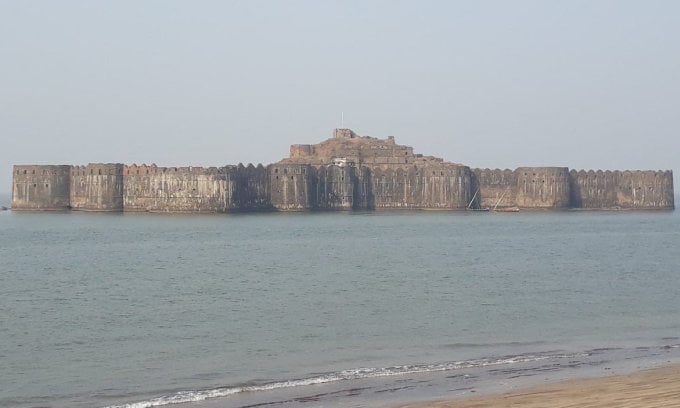
Janjira Fort seen from a distance. Photo: Supriyo Dutta
Janjira Fort has survived the effects of rain, wind and tides for hundreds of years. It is oval in shape rather than square like other forts. Its walls are about 12 metres high and made of limestone, glass and raw sugar mixture, stretching all the way to the edge of the island.
The entrance to the fort is designed in such a way that it cannot be seen until very close. It is also difficult to get ashore as there is no place to dock, but one has to walk straight down the steps at the gate. The fort also has another gate that can be used as an escape route in case of attack.
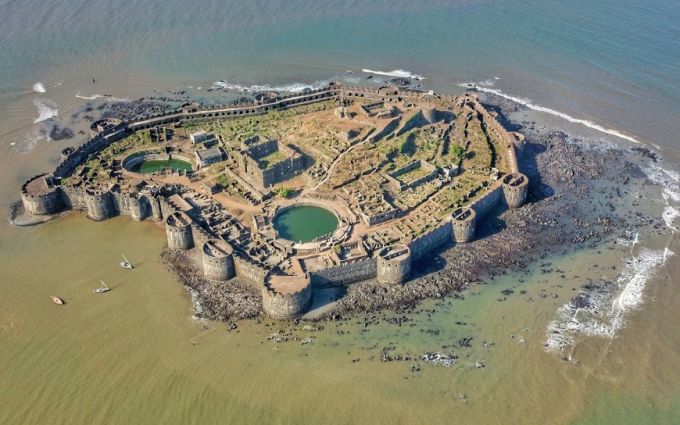
Janjira Fort seen from above. Photo: Alibag
The fort had many gun emplacements, some of which still exist today. They were the main weapons to repel enemy attacks from the sea.
“This architecture is one of the reasons why it became an unconquerable fortress,” said Gadgil.
Janjira Fort functions as a small city. Inside, there is a church, a palace, and two large reservoirs, which provide fresh water for the islanders despite being surrounded by the sea. These reservoirs also serve as the main source of water for the fort when it is besieged by enemies.

Reservoir at the fortress: Photo: Wikimedia
Since the fort was handed over to the Indian government, the residents have struggled to make ends meet and have gradually moved to the mainland. The last families left the island in the 1980s.
Pham Giang (According to BBC, India Times, India Culture )
Source link


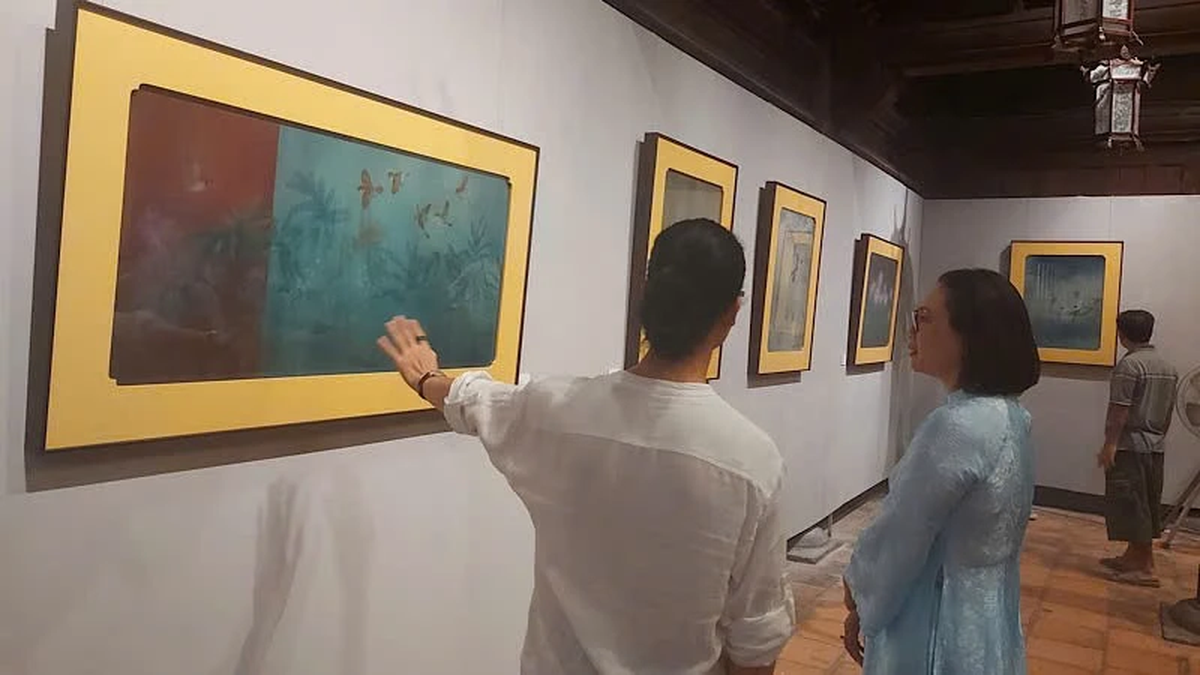






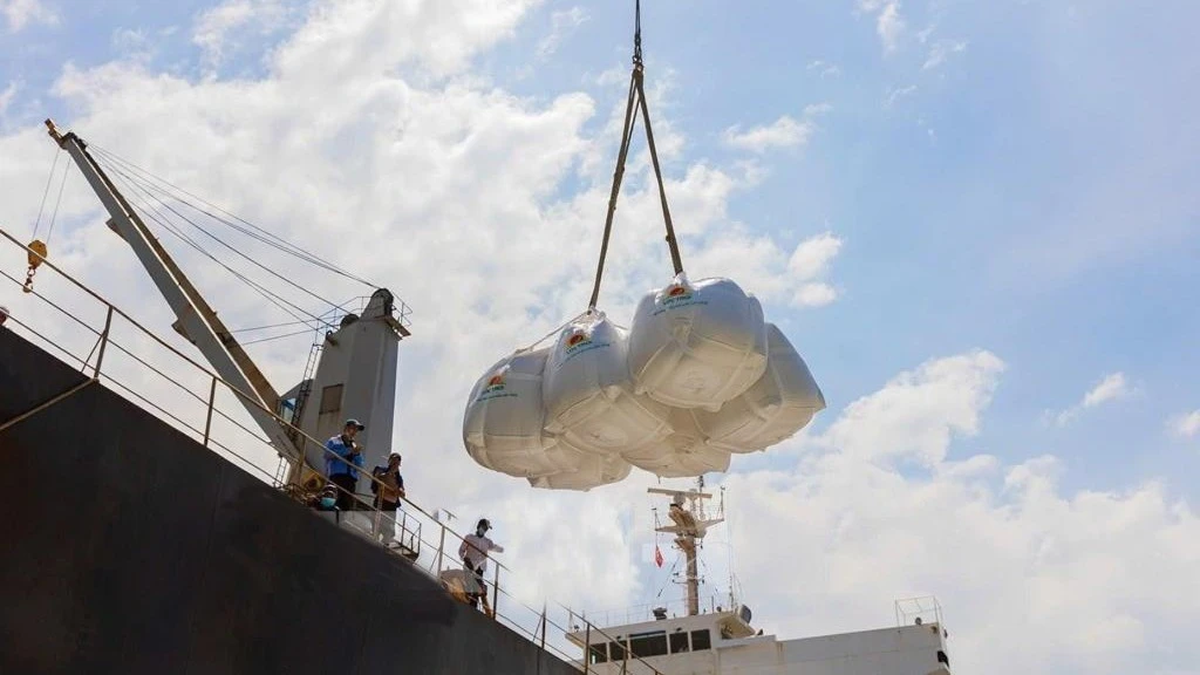




















































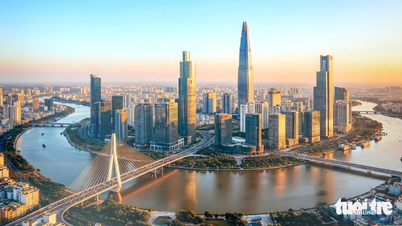



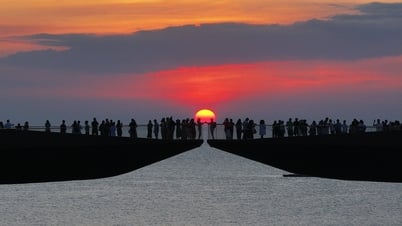


































Comment (0)